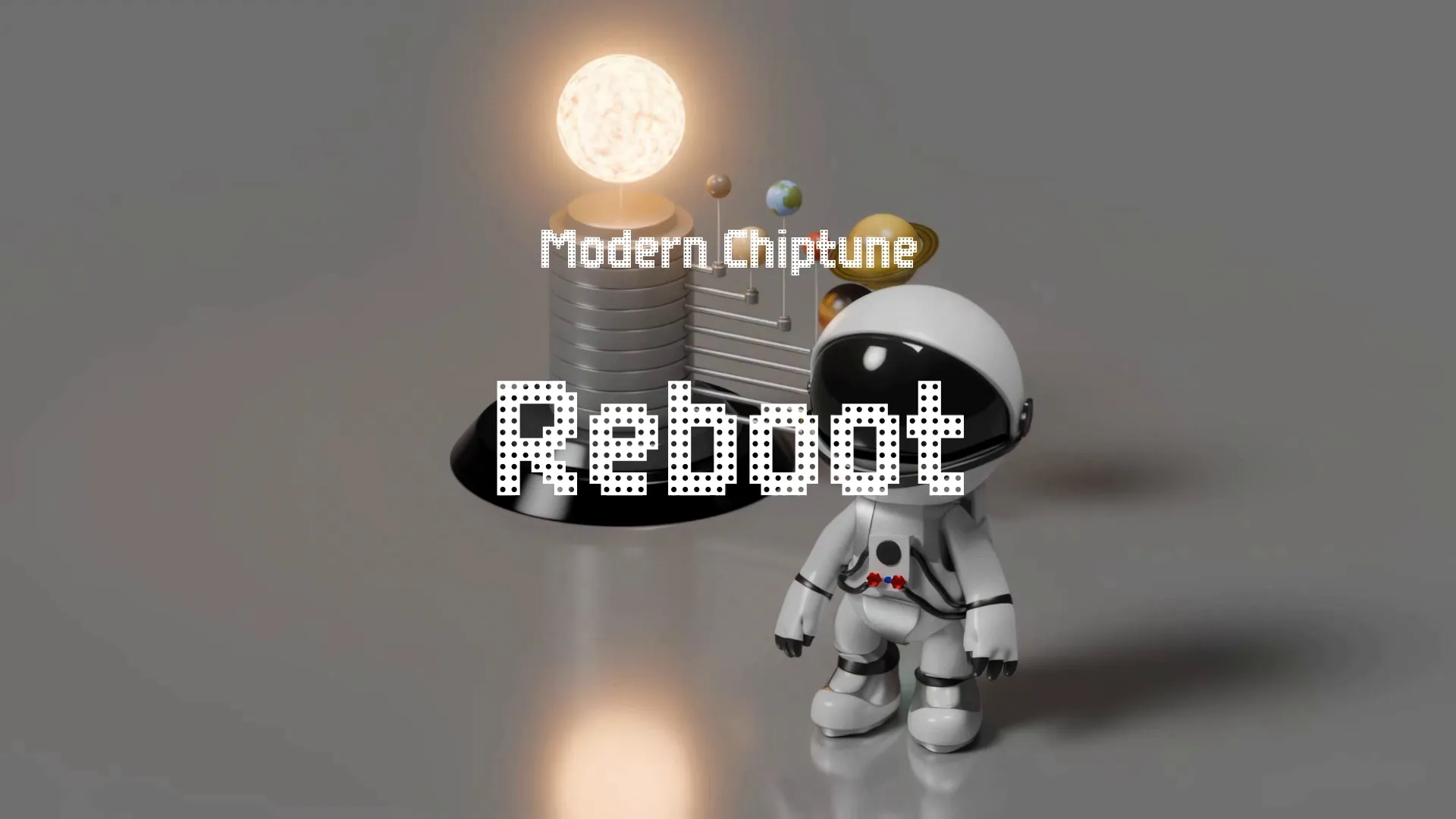The Tutorial Trap: How to Onboard Players Without Killing Your Game
The flickering screen illuminated his face, a mask of growing frustration. Sweat beaded on his brow as the on-screen character, bound by invisible chains of tutorial text, was forced through yet another agonizingly slow explanation of the jump mechanic. Another game lost to the tutorial abyss.
The Tutorial Trap: A Slow Descent
We’ve all been there, haven’t we? That initial spark of excitement, the thrill of a new game, extinguished by a suffocating, hand-holding tutorial. This isn’t just a minor inconvenience; it’s a silent killer, sabotaging your game’s potential from the very first minute.
Think of the opening hours as the crucial first impression. This is the only chance to grab the player. A poorly implemented tutorial isn’t teaching, it’s torturing.
The Illusion of Choice: When Tutorials Lie
The biggest sin is the illusion of choice. When the game forces you to move at a snail’s pace, performing actions that offer no real strategic value, it isn’t teaching, it’s patronizing. Consider the recent backlash against a AAA title which disguised its tutorial as organic exploration. The player’s agency was stripped, leaving them feeling manipulated and ultimately resentful.
This is the path to early abandonment. Players don’t want to be told what to do. They want to discover the possibilities.
Mechanics Undercover: The Art of Seamless Integration
The key is integration, embedding the learning process within the gameplay itself. Forget walls of text and lengthy cutscenes. Instead, think of challenges that organically introduce mechanics.
One effective technique is the “contextual tutorial.” As the player naturally progresses through a level, subtle prompts appear only when necessary. For instance, instead of a lengthy explanation about climbing, a short visual cue appears the first time the player encounters a climbable wall.
Death by Exposition: The Dialogue Disaster
Avoid lengthy dialogue trees that explain every single mechanic. It is a tutorial death knell. Players glaze over, missing crucial information and ultimately feeling more confused than informed.
Instead, use environmental storytelling and limited, impactful dialogue. Let the world around them teach. Allow the characters’ actions to demonstrate the game’s rules.
The Pitfalls of Pity: Accommodating Everyone, Pleasing No One
Don’t dumb things down too much in an attempt to cater to every possible player. It is a deadly trap. Assume a baseline level of competence and gradually increase the complexity.
A common mistake is over-explaining basic concepts. Respect the player’s intelligence. Provide assistance only when they demonstrably struggle.
Case Study: “Project Chimera” - Learning from Failure
I once consulted on a project called "Project Chimera", a sci-fi RPG with a deeply intricate crafting system. The initial tutorial spent nearly an hour explaining the intricacies of resource gathering and item creation.
The result was disastrous. Playtesters consistently abandoned the game within the first 30 minutes. The fix? We redesigned the opening level to introduce crafting gradually, through a series of escalating challenges. By the end, tutorial completion rates soared, and player satisfaction followed suit.
Create a free account, or log in.
Gain access to free articles, game development tools, and game assets.











.webp)




.webp)


.webp)


.webp)
